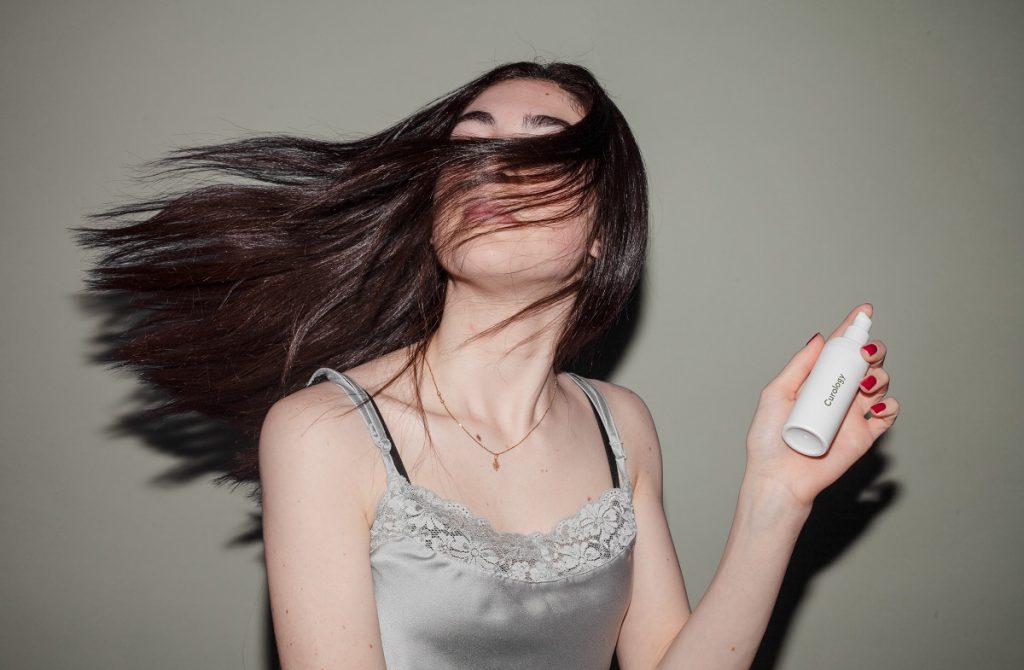Today let’s talk about hair. To be more specific, why do men grow more of it than women? Why some girls exhibit hair in male-like patterns, growing in “unexpected areas” such as the face, back, and chest?
Can options like a laser hair removal treatment help? To get to the bottom of all these, it’s time for you to learn more about hirsutism.
What Is Hirsutism?
Both men and women grow hair, but those of the males are what we call terminal hair. They’re thick and coarse and grow in more conspicuous places like the face. They also develop faster than those of women.
The ladies, meanwhile, grow vellous hair strands, which are fine and straight, so they seem to be less visible.
However, sometimes women grow hair excessively and in the most awkward places, like the chest, back, and face. This medical condition is called hirsutism.
Now, why is this happening? Reason: hormones.
What Are Androgens?
Androgens such as testosterone are hormones that help men develop secondary sexual characteristics, such as a deeper baritone voice and more facial hair. However, women produce them too, allowing them to build stronger bones, beat fatigue, and maintain or enhance their sex drive.
The problem occurs when women produce higher levels of androgen. Not only do they grow more hair, but they are also more likely to become emotionally aggressive and develop voice changes.
Androgen levels can increase for the following reasons:
1. Insulin Resistance
Produced by the pancreas, insulin is a hormone that delivers glucose to cells, which then use blood sugar for energy. When they become less receptive to insulin, glucose levels rise, forcing the pancreas to produce more insulin.
Insulin resistance is a risk factor for various metabolic diseases, including diabetes. For women, it can raise the odds of polycystic ovarian syndrome (PCOS).
PCOS is a reproductive condition characterized by the presence of egg follicles that don’t mature. In other words, they don’t become eggs ready for fertilization.
However, they secrete hormones and stimulate the production of testosterone. This explains why over 70% of women with PCOS also have hirsutism.
2. Cushing Syndrome

Cushing syndrome is a condition wherein the body produces higher levels of cortisol, a stress hormone also released by the adrenal glands. Rarely, it is genetic or inherited. Usually, it is due to other factors, such as medications with corticosteroids or a growing tumor in the pituitary gland.
People with Cushing syndrome often exhibit the following symptoms:
- Moon face (puffy face or face that’s rounder than usual)
- Excessive hair
- Higher blood pressure (hypertension)
- Abdominal fat or obesity
- Slender arms and legs
- Muscle weakness
- Fatigue
- Acne
What’s the Best Way to Deal with It?
The best way to deal with hirsutism is to know the root cause. A thorough checkup may include:
- Glucose test or diabetic panel
- Blood pressure monitoring
- Testerone test
- Physical observation
- Imaging exams to spot tumors or changes in the adrenal and pituitary glands
For women with PCOS, they might undergo a transvaginal ultrasound that can spot the presence of “pearls” in one or both ovaries. Clinically, the number of follicles should be at least 20 to be ruled as PCOS.
If they are officially diagnosed with PCOS, usually, women need to take birth control pills to help regulate the hormones. Those with Cushing, meanwhile, can benefit from changes in medications or surgery (if the cause is a tumor).
To reduce the appearance of hair, they can consider laser hair removal. A 2020 study showed that it’s particularly effective for ladies with fair skin and black hair.
This treatment, though, doesn’t guarantee your hair won’t come back anymore. To make it even more beneficial, lifestyle changes that focus on reducing stress, insulin, and blood pressure are essential.
